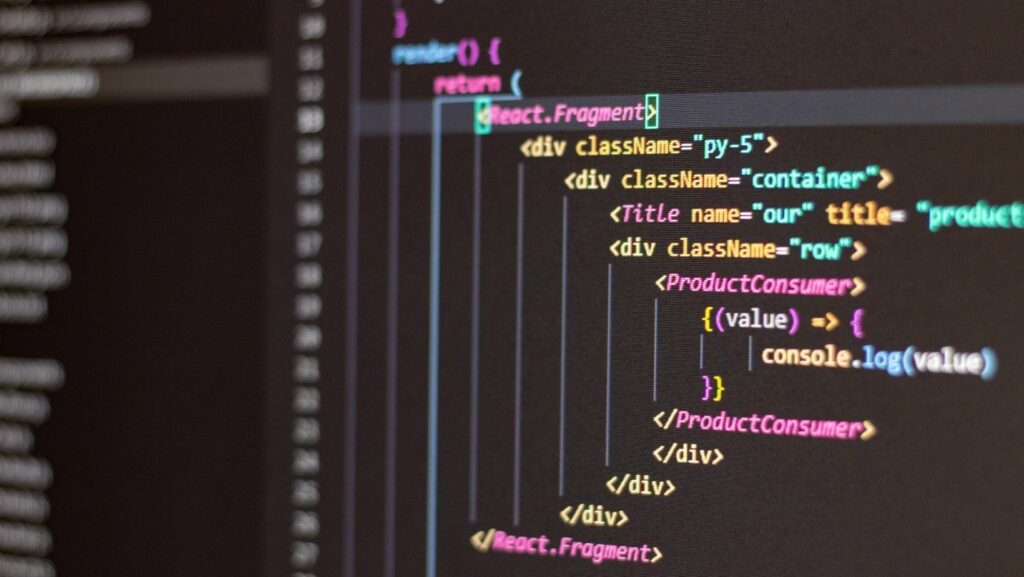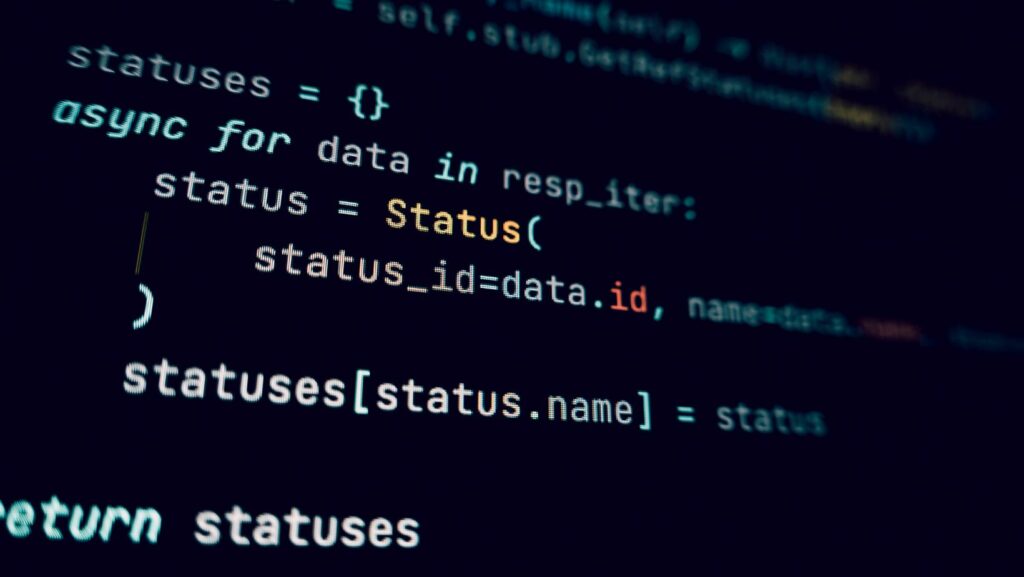There are a few risks to consider when copying code from GitHub:
- The code may not be well-written or well-tested, which could cause issues when you try to use it in your own project.
- The code may be released under a license that is not compatible with your project, meaning you would not be able to use it.
- The code may be infected with a virus or malware, which could compromise your system if you execute the code.
Before copying any code from GitHub, make sure to review it carefully and understand the risks involved.
What is GitHub?
GitHub is a code hosting platform for version control and collaboration. It allows users to track changes in code, revert back to previous versions if necessary, and work with others on projects. Because it is such a popular platform, GitHub has become a go-to resource for developers looking for code snippets or entire projects to use in their own work.

While the vast majority of code on GitHub is released under an open source license that permits copying and modification, there are some risks associated with using code from GitHub. In particular, you should be aware of copyright issues, potential security vulnerabilities, and the risk of dependency issues when using code from third-party sources.
What are the risks of copying code from GitHub?
There are a few risks associated with copying code from GitHub. Firstly, you may not be aware of the licensing conditions attached to the code, and secondly, the code may not be up to date.
When it comes to licensing, it’s important to be aware of the different types of licenses that exist, and how they can affect your use of the code. For example, some licenses may require you to give credit to the original author when you use their code, while others may not allow you to modify or redistribute the code.
It’s also important to keep in mind that code on GitHub is often actively maintained by its author(s), and as such, it’s possible that the code you copy may become outdated over time. If you’re planning on using someone else’s code in your project, it’s always a good idea to check with the author first to make sure that their code is still up-to-date and compatible with your project.
How can you avoid these risks?
There are a few risks to consider when copying code from GitHub:
- The code may not be well-written or well-tested, and may not work as expected.
- The code may be malicious, and could contain viruses or other harmful code.
- The code may be subject to licensing restrictions that you are not aware of.
To avoid these risks, you should only copy code from trusted sources, and carefully review the code before running it.
How to copy code from github
- Go to the main page of the repository you want to copy
- Click the green Clone or download button on the right side of the page.
- In the “Clone with HTTPs” section, click to copy the clone URL for the repository.
- Open Git Bash.
- Change the current working directory to the location where you want the cloned directory to be made.
- Type git clone, and then paste the URL you copied in Step 2.
- $ git clone https://github.com/USERNAME/REPOSITORY
In the top-right corner of the page, click the “Fork” button
- In the top-right corner of the page, click the “Fork” button
- 
- A pop-up window will appear asking where you want to fork the repository.
- 
In the “Where should we fork this repository?” drop-down, select the account you want to fork the repository to. By default, GitHub will fork repositories to your personal account.
Click the “Fork” button at the bottom of the pop-up window.
Select the account you want to copy the repository to
1.In the upper-right corner of any page, click , and then click Settings.
2.In the left sidebar, click Accounts.
3.Under “Copy a repository from another account”, click Copy a repository from another account.

Click the “Fork” button
- Click the “Fork” button in the upper right corner of the main repository page. This will create a copy of the repository in your own GitHub account.
- From your fork of the repository, click the green “Clone or download” button.
- In the “Clone with HTTPs” section, click to copy the clone URL for the repository.
- Open Terminal.
- Change the current working directory to the location where you want the cloned directory to be made.
- Type git clone, and then paste the URL you copied in Step 2 (https://github.com/your-username/forked-repo-name.git).
- $ git clone https://github.com/your-username/forked-repo-name.git
- Press Enter to create your local clone
Clone the forked repository to your account
Now that you’ve forked the repository, you need to clone it to your account so that you can work on it locally.
1. On GitHub, navigate to your fork of the Spoon-Knife repository.
2. In the top-right corner of the page, click and then click Copy or clone this repository.
3. In the “Clone with HTTPs” section, click to copy the clone URL for the repository.
4. Open Terminal terminal or Git Bash if you are using Windows.
5. Change the current working directory to the location where you want the cloned directory to be made.
6. Type git clone, and then paste the URL you copied in Step 2:
git clone https://github.com/YOUR-USERNAME/Spoon-Knife
7. Press Enter to create your local clone
Make the changes you want to the code
Once you have found the code you want to copy from Github, make the changes you want to the code in your own file. For example, if you want to copy a section of code from a Javascript file, make sure to put the code in your own Javascript file.
Commit the changes to your local repository
Now that you have made some changes and staged them, you can commit them to your local repository with a commit message describing the changes.
To commit your staged changes, enter git commit -m “enter your commit message here” in the terminal. Remember to replace the placeholder text with your actual commit message. When you press Enter, your changes will be committed and you will be returned to the command prompt.
Push the changes to your forked repository
Once you have made the changes that you want to contribute, you need to push them back up to your forked repository. You can do this by running the following commands:
“`
$ git add …
$ git commit -m “Describe your changes here”
$ git push origin
“`
Create a pull request from your forked repository to the original repository
1. Fork the repository that you want to contribute to
2. Clone the forked repository to your local machine
3. Add the original repository as a remote
4. Checkout a new branch on your local machine
5. Make your changes and commit them
6. Push your changes to your forked repository
7. Create a new pull request from your forked repository to the original repository
Conclusion
In conclusion, copying code from GitHub can be risky if you don’t know what you’re doing. Make sure you understand the code before you copy it, and always check with the original author to make sure it’s okay to use their code. Otherwise, you could end up with a lot of problems down the road.
